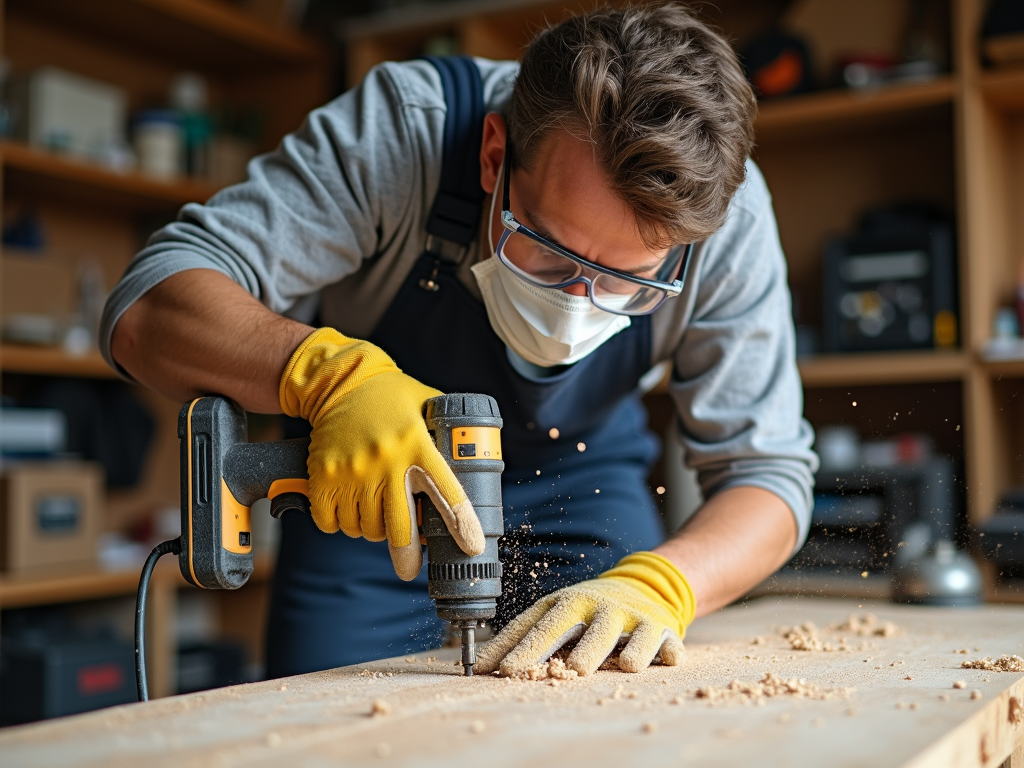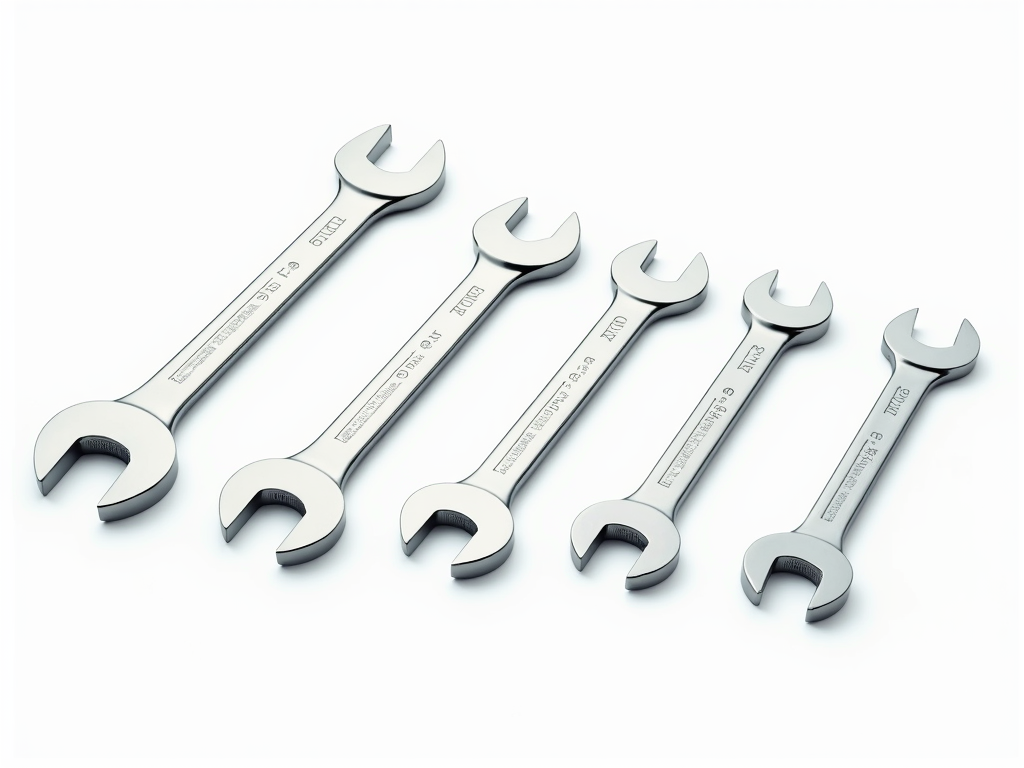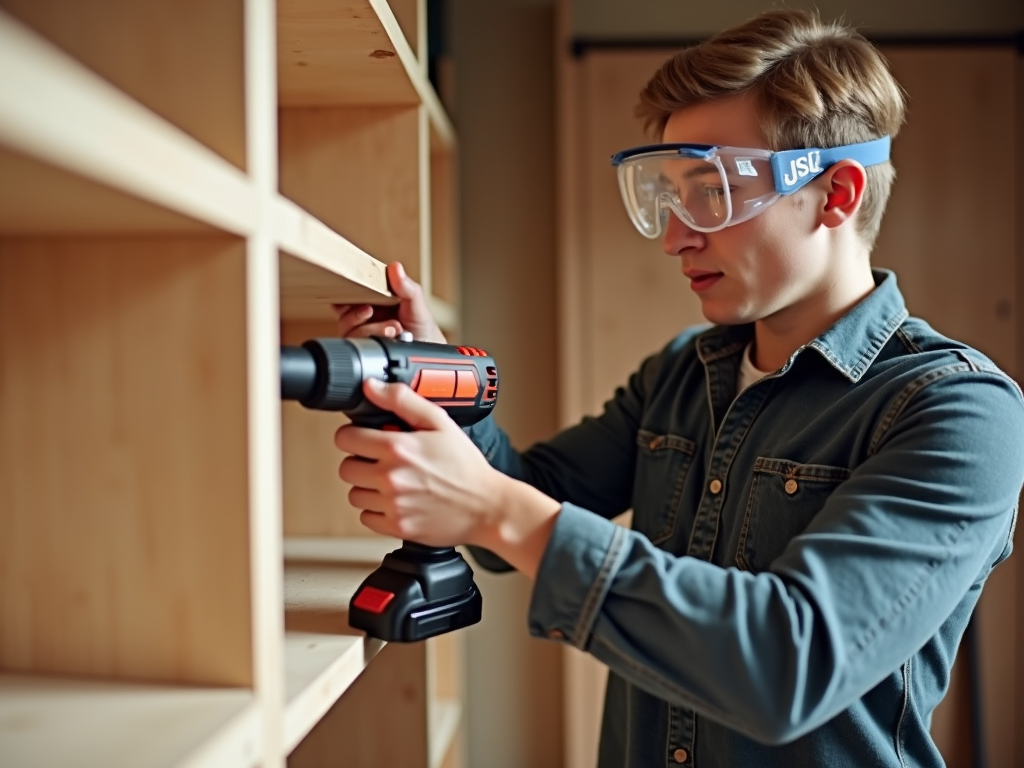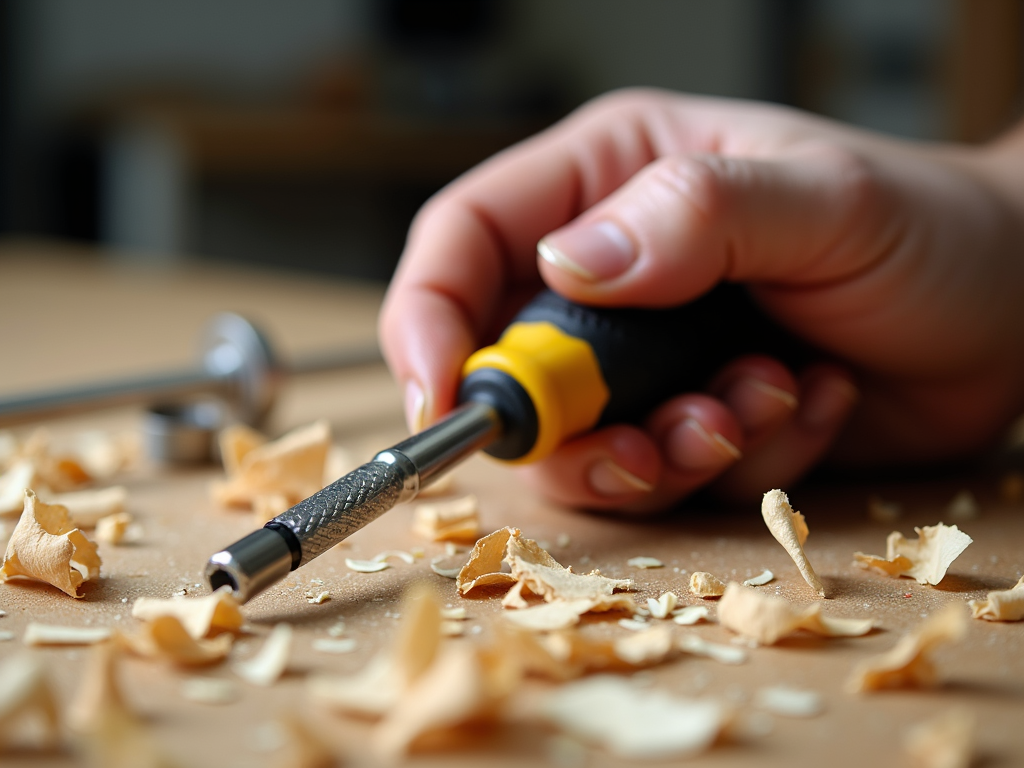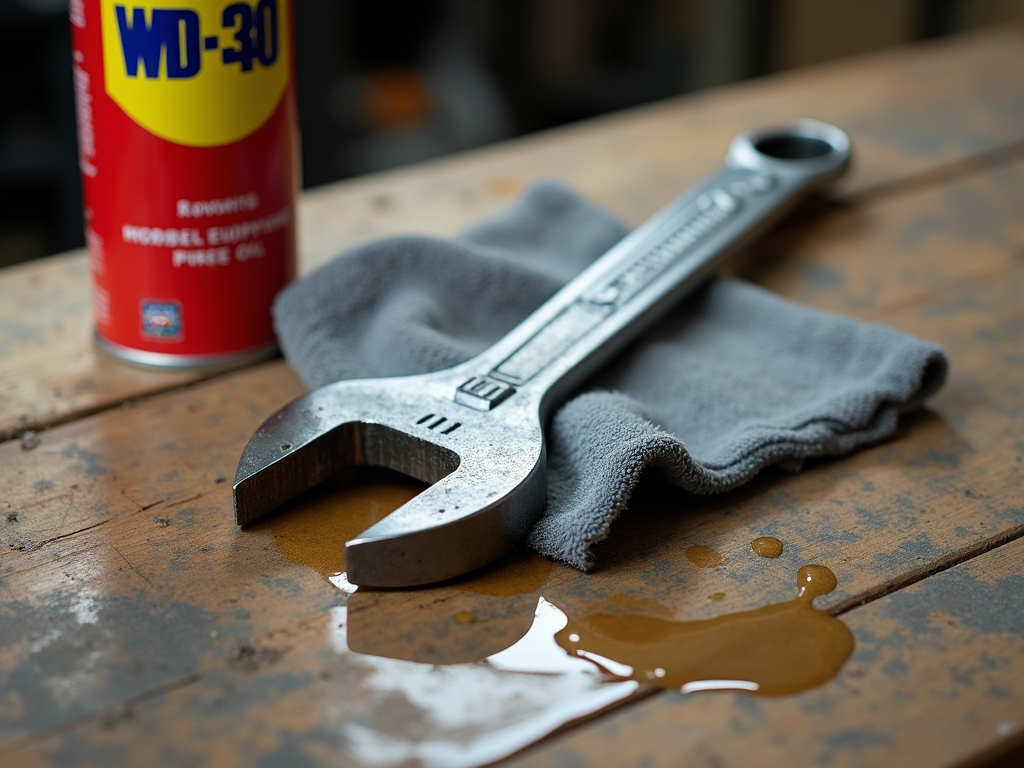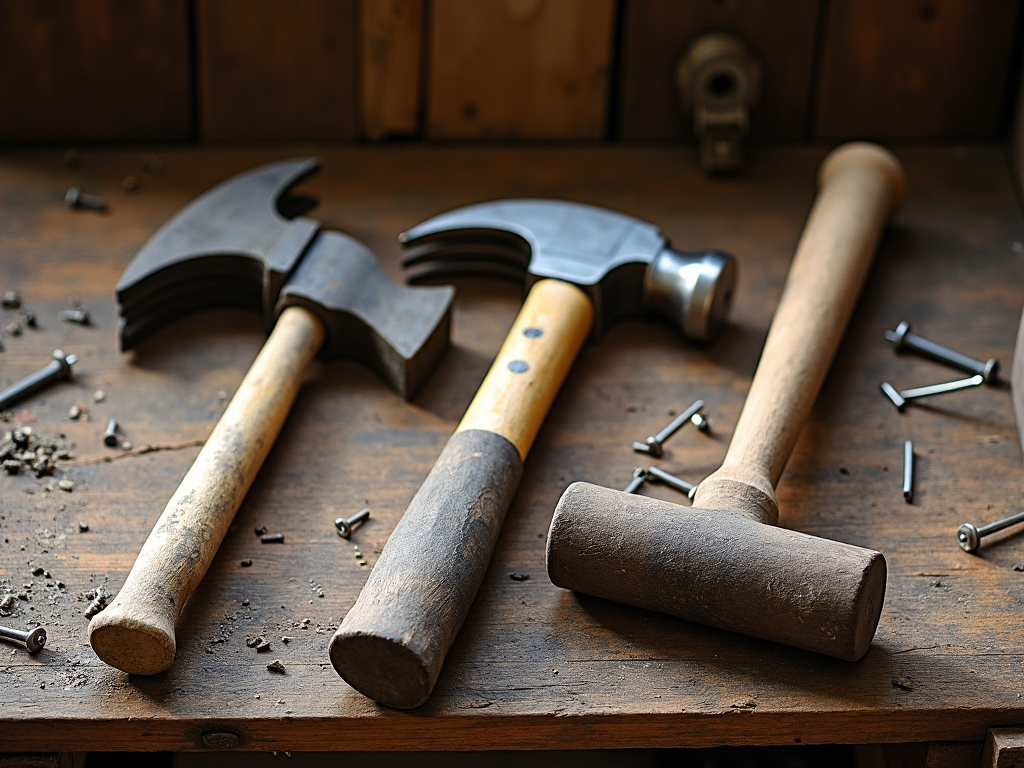Hammers are the heartbeat of any DIY home repair kit. In this guide, we’ll dive into the world of hammers, exploring the types you need for various projects. Whether you’re fixing a shelf or tearing down a wall, the right hammer makes all the difference.
Why Hammers Matter in DIY
Hammers have been around forever, and for good reason. They’re simple, powerful, and versatile. As part of your workman tools, they handle everything from driving nails to breaking concrete. No toolbox is complete without one—or a few.
My first hammer moment came when I was 12. My mom asked me to hang a picture frame. I grabbed a claw hammer, tapped in a nail, and felt like a pro. That small win sparked my love for DIY home repairs.
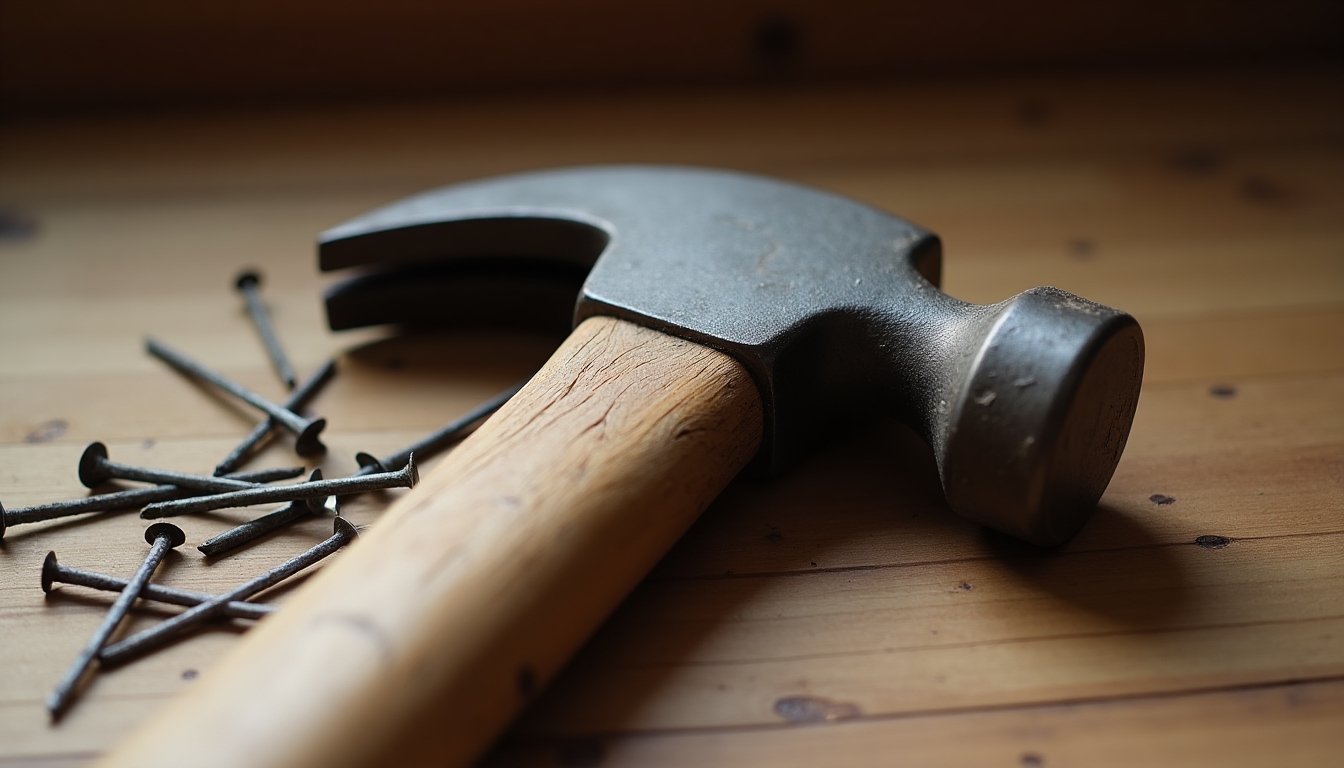
Types of Hammers for Different Projects
Let’s break down the main types of hammers you’ll want in your toolbox. Each one has a unique purpose, and knowing them can save you time and effort.
Claw Hammer
The claw hammer is your all-purpose hero. One side drives nails into wood or drywall; the curved claw pulls them out. It’s perfect for everyday tasks like building a birdhouse or fixing a loose board.
I once turned an old pallet into a rustic shelf with just a claw hammer. Pulling out those stubborn nails was a workout, but the hammer’s claw made it doable—and the shelf still stands today.
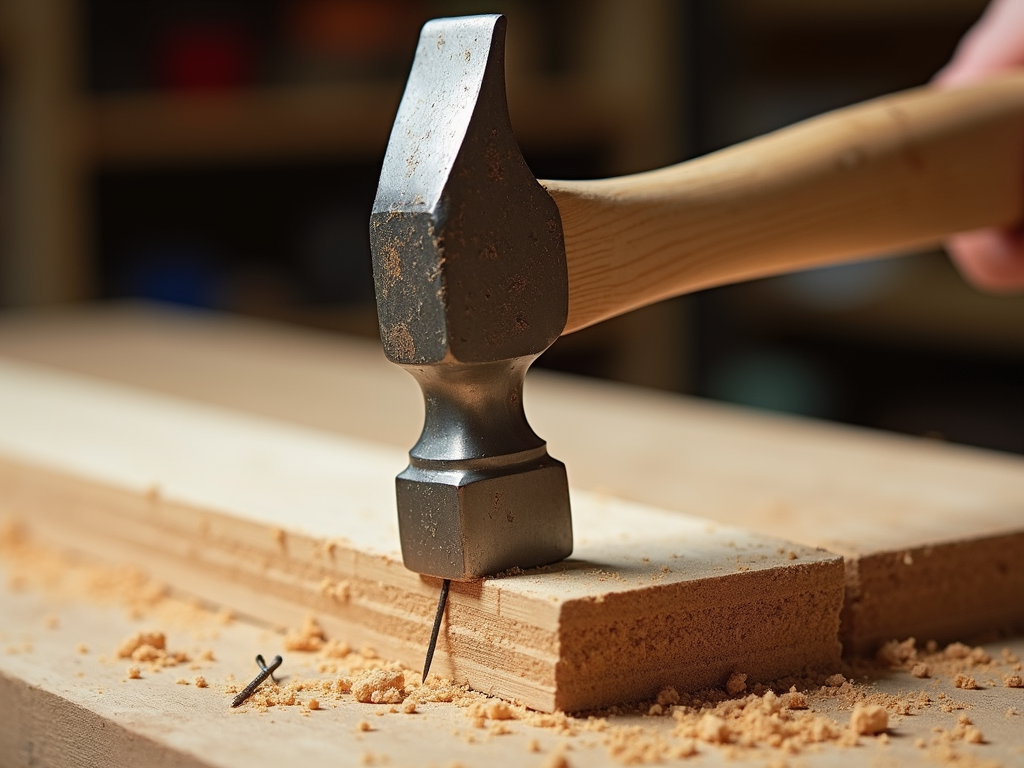
Sledgehammer
Need to smash something big? Grab a sledgehammer. Its heavy head and long handle deliver serious force, making it ideal for demolition—like breaking up a concrete step or driving fence posts.
I used a sledgehammer to rip out an old patio slab last summer. It was hard work, but swinging that beast felt satisfying. Just make sure to wear goggles—flying bits of concrete are no joke.

Ball Peen Hammer
This hammer has a flat face and a rounded ‘peen’ end. It’s built for metalwork, like shaping steel or setting rivets. If you’re into fixing bikes or crafting metal art, this is your tool.
I restored an old metal toolbox with a ball peen hammer once. The rounded end smoothed out dents without scratching the surface. It’s not an everyday tool, but it’s a game-changer for specific jobs.
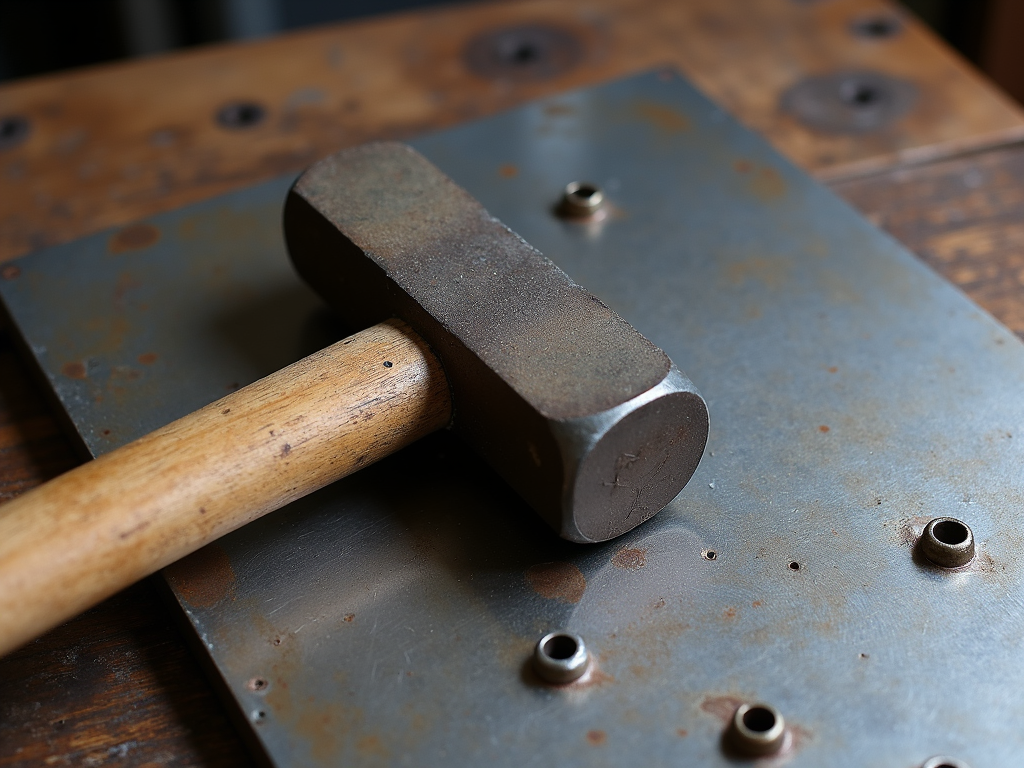
Mallet
A mallet isn’t your typical hammer. With a soft head—often rubber or wood—it’s made for gentle tasks. Use it to tap furniture pieces together or adjust things without leaving marks.
When I assembled a wooden rocking chair, my rubber mallet was a lifesaver. It nudged the joints into place without denting the wood. It’s quiet, too—no loud banging to wake the neighbors.
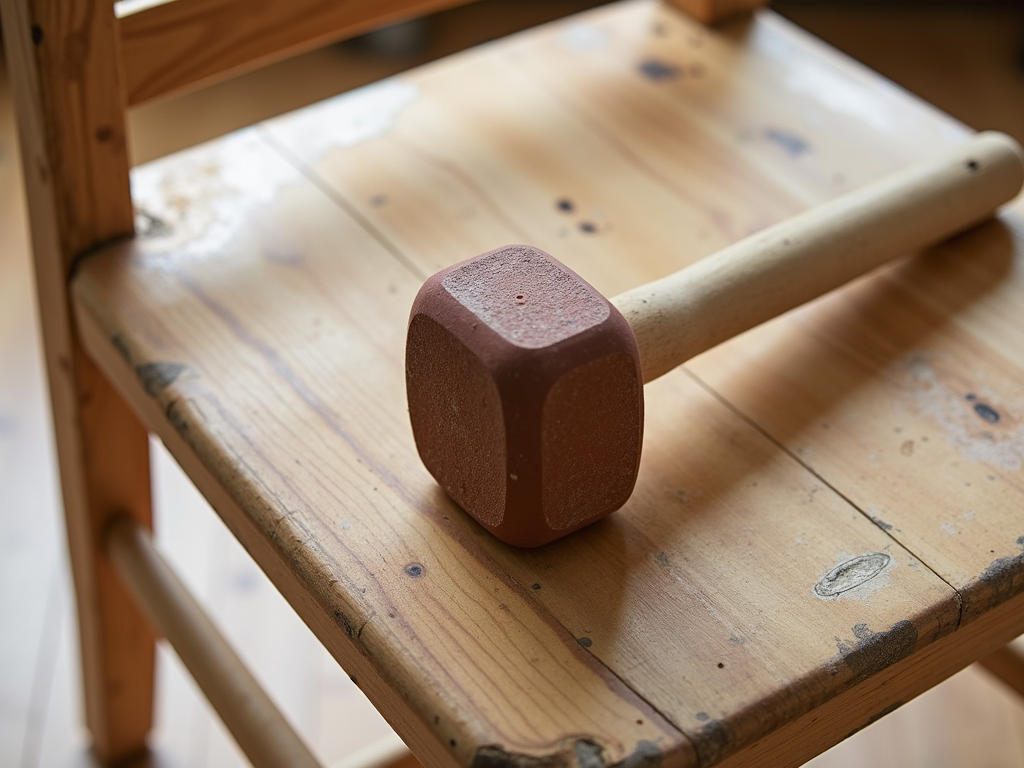
Picking the Right Hammer
Choosing a hammer isn’t just about grabbing the first one you see. Think about the job, the material, and how it feels in your hand. A Guide to Basic DIY Home Repair Tools starts with understanding your options.
Here’s a quick look at what each hammer does best: | Hammer Type | Best For | Weight Range | |-------------------|--------------------------|------------------| | Claw Hammer | Woodworking, general use | 16-20 oz | | Sledgehammer | Demolition, heavy tasks | 2-20 lbs | | Ball Peen Hammer | Metalworking | 4-32 oz | | Mallet | Furniture, delicate work | Varies |
Weight matters. A light claw hammer is great for small jobs, but a heavy sledgehammer tackles big ones. Handles come in wood, fiberglass, or steel—pick one that feels solid and comfy to swing.
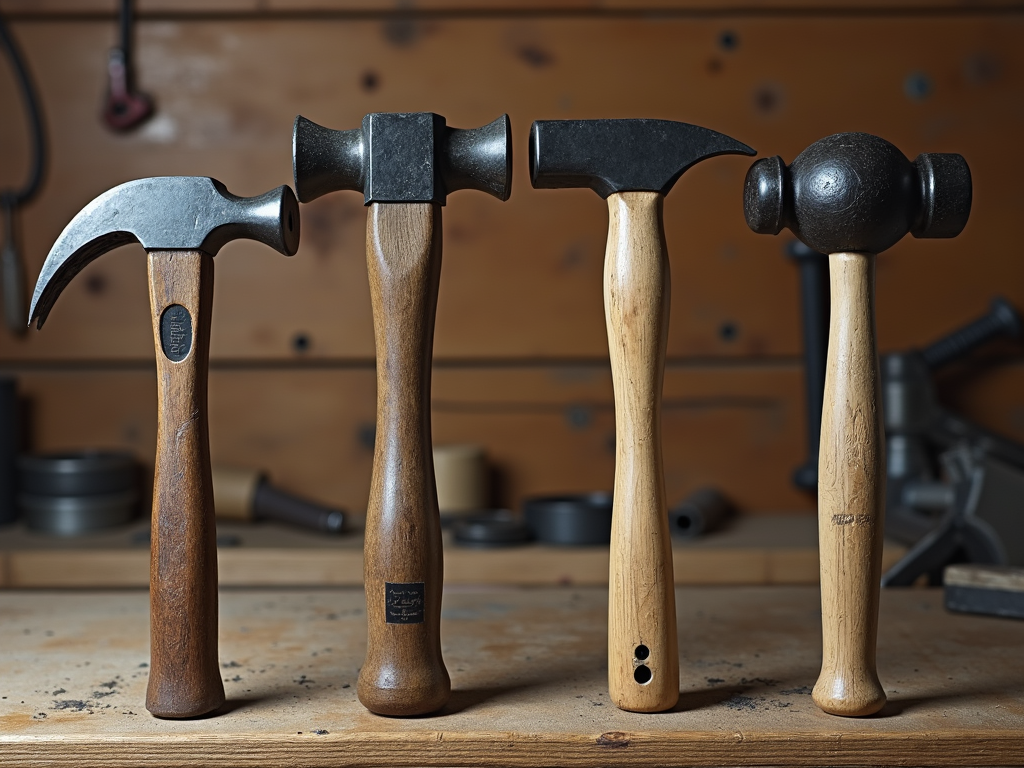
Caring for Your Hammers
Keep your hammers in top shape, and they’ll last for years. Check the head for looseness and the handle for cracks. A quick wipe-down after use prevents rust, especially on metal parts.
I learned this the hard way when my claw hammer’s head wobbled mid-project. A little tightening fixed it, but now I inspect my tools regularly. It’s a small step that saves big headaches.
Staying Safe with Hammers
Safety comes first. Wear safety glasses to shield your eyes from flying debris. Gloves protect your hands, especially with heavy hammers. And always swing with control—wild swings can miss and cause trouble.
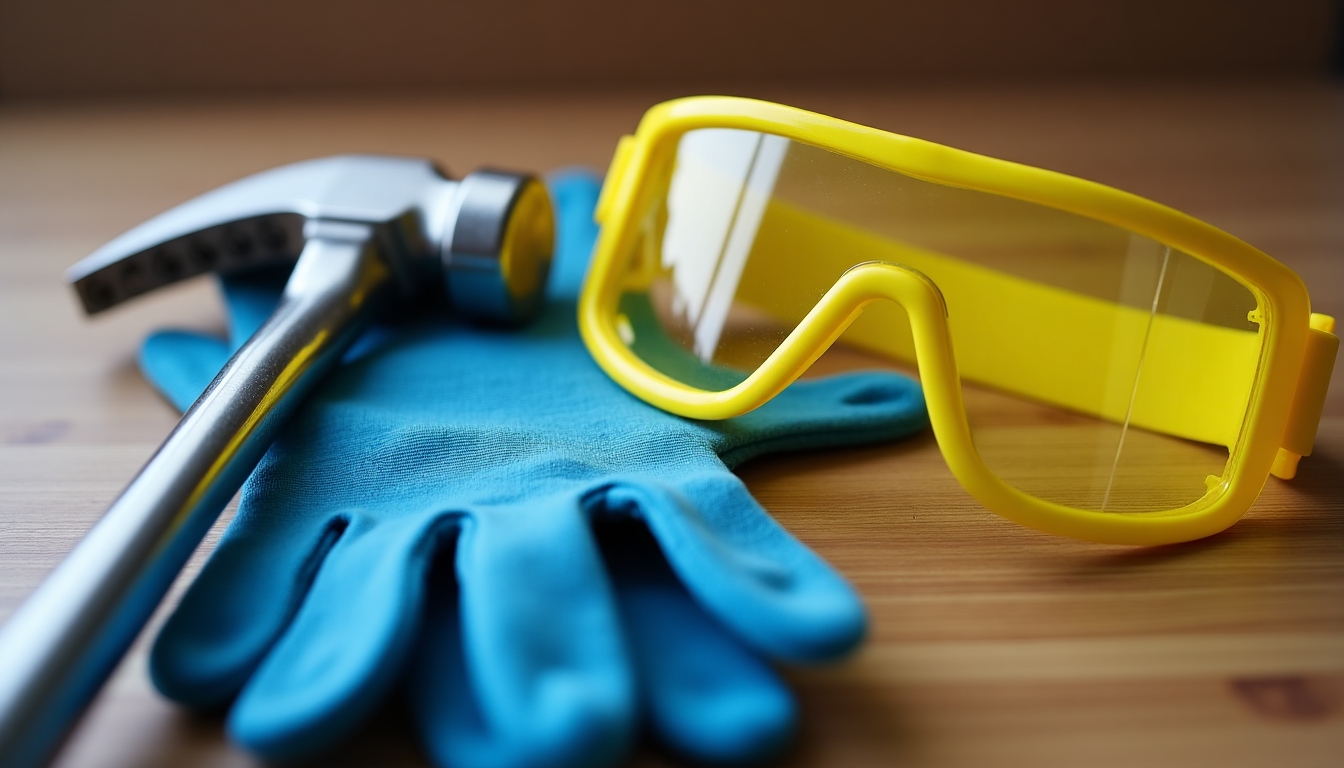
Wrapping Up
Hammers are the backbone of DIY home repair. From claw hammers to mallets, each type has a role in your projects. Knowing the types of hammers for different projects helps you work smarter, not harder. Keep them maintained, stay safe, and you’re set.
Ready to swing into action? Your next DIY win is waiting. Explore more workman tools and build your skills—one project at a time.
Related A Guide to Basic DIY Home Repair Tools:
- Must-Have Safety Gear for DIY Projects: Stay Protected While You Create
- Essential Safety Gear for Every Handyman
- How to Choose the Right Wrench Size: A Comprehensive Guide
- Essential Tips for Tool Maintenance: A Comprehensive Guide
- Safety Tips Every Workman Should Know
- The Essential Toolkit: Must-Have Tools for DIY Enthusiasts
- Power Drills 101: Choosing the Right One
- Top 10 Innovative Workman Tools in 2024
- The Ultimate Guide to High-Quality Workman Tools for Professionals
- Ultimate Guide to DIY Tools Maintenance: Screwdriver Edition
- Wrench Care Basics: Keep Them Like New
- Understanding Hammer Dynamics and Ergonomics
